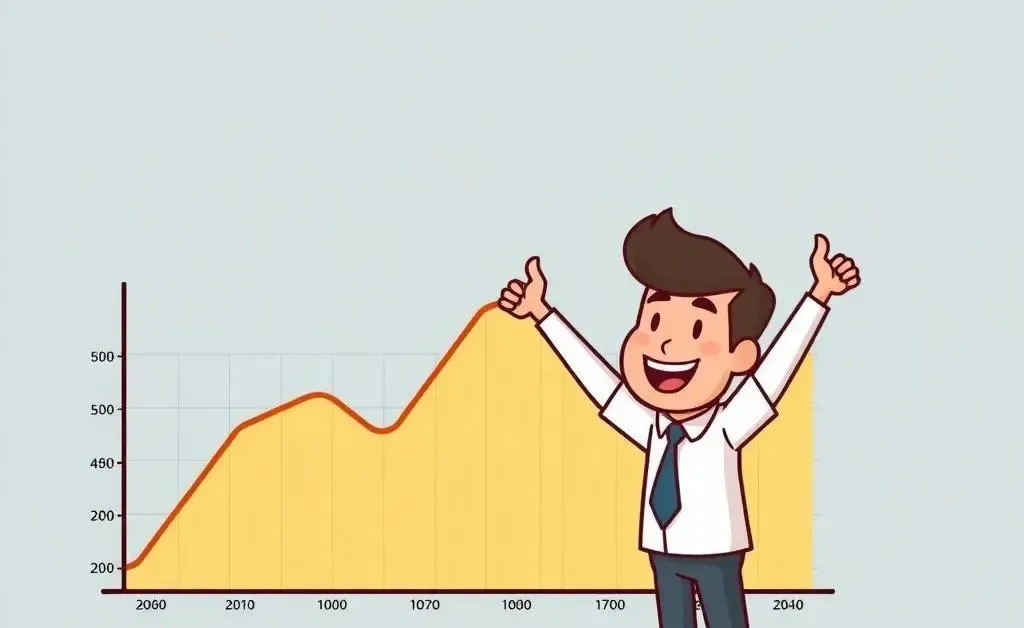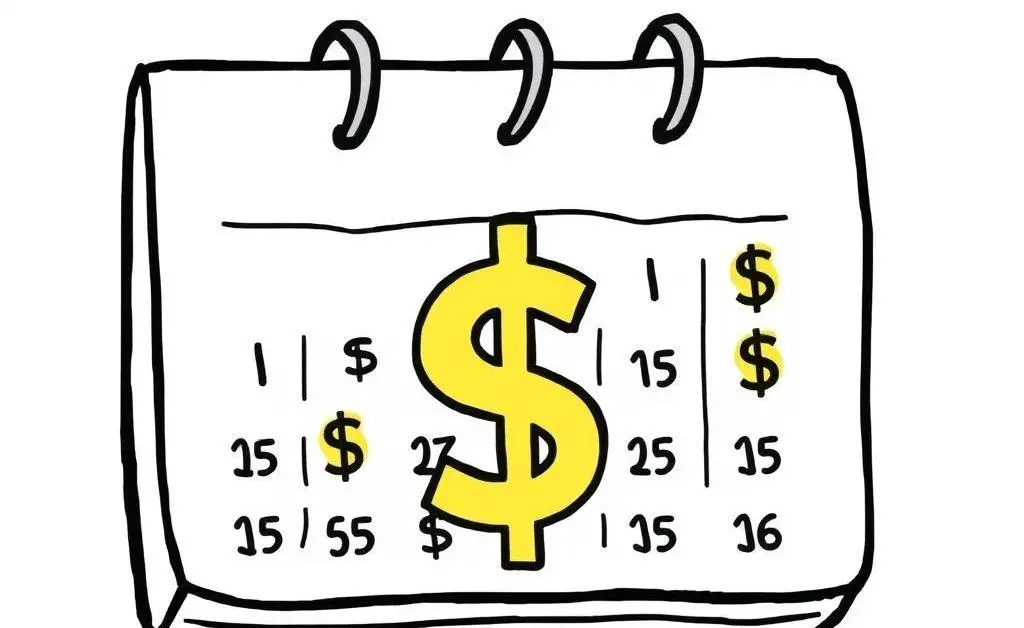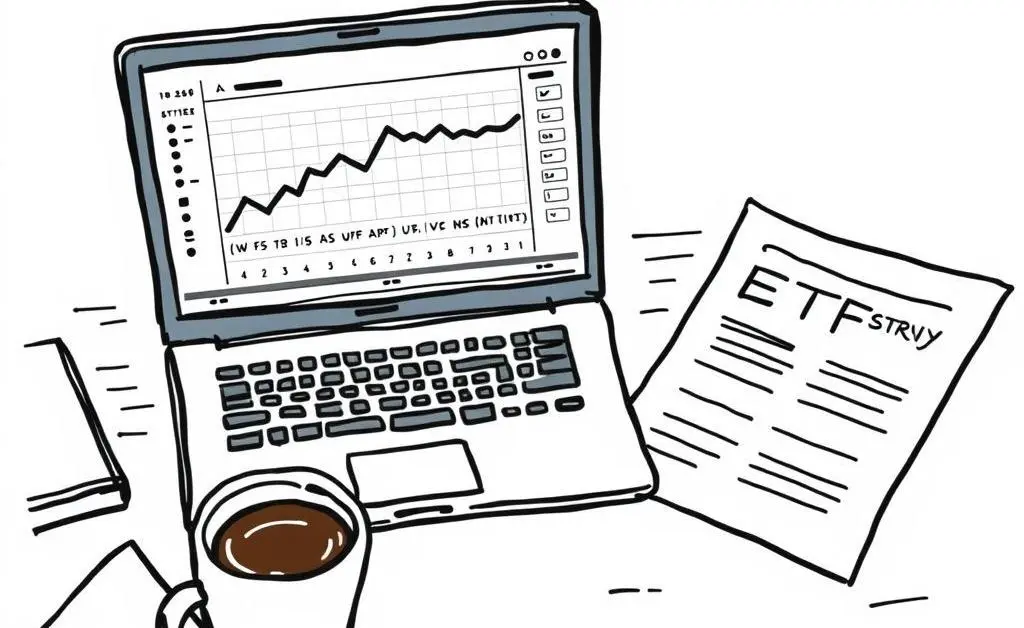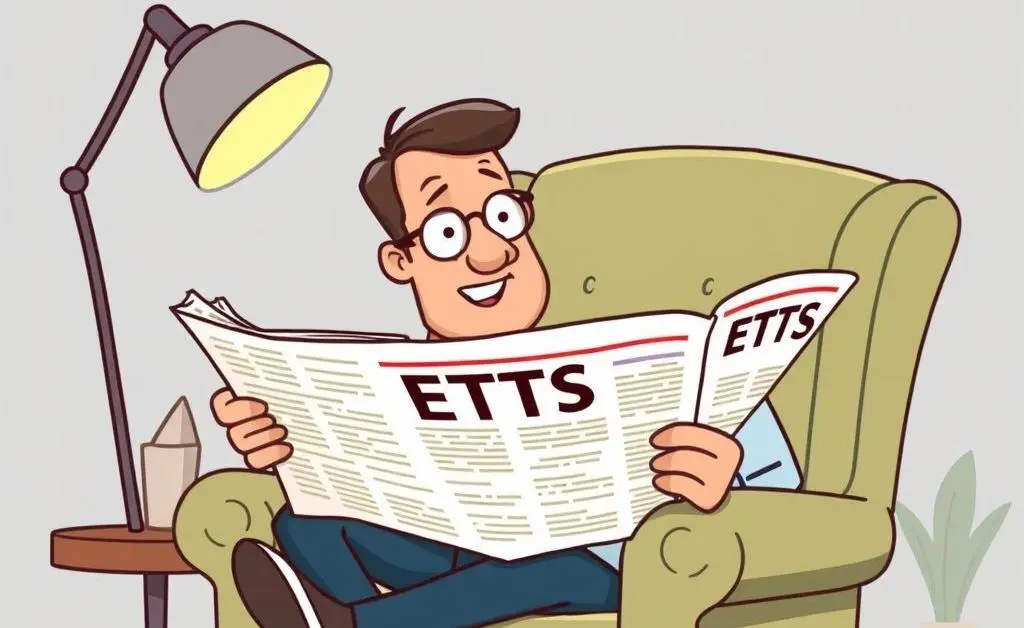The Art of Long-Term Investing: Mastering the DCA ETF Strategy
Discover DCA ETF strategy insights for long-term success in investing.

Have you ever wondered why some people seem so calm about their investments, while others are constantly on edge? The secret often lies in their strategy. In today's market, with its ups and downs, figuring out the right approach can be daunting. One method that's garnered significant attention is the dollar-cost averaging (DCA) strategy with ETFs. Let's dive into how this strategy can offer peace of mind and potentially substantial returns over time.
What is Dollar-Cost Averaging?
Imagine trying to catch a bus. If you only show up once in a blue moon, you might miss it, right? Consistency is key. That's the essence of dollar-cost averaging (DCA), a strategy where you invest a fixed amount regularly, regardless of the market's highs and lows.

By doing this, you buy more shares when prices are low and fewer when they are high. It's an effective way to take the emotion out of investing, making it easier to stick to your plan. This method is often paired with ETFs, or exchange-traded funds, to broaden investment exposure.
Why Choose ETFs?
ETFs are like a mixed bag of candy — but instead of sweets, it contains stocks and bonds. They offer diversification which reduces risk. Investing in ETFs through a DCA strategy is akin to building your financial mountain one small stone at a time.
My friend Alex loves mountain climbing, and she approaches investing much like climbing. Instead of trying to scramble to the top in one go, she takes it step by step, reaching for solid handholds — in her case, regular investments into an ETF. Step by step, her portfolio grows stronger without the panic of trying to time the markets.
Getting Started with DCA and ETFs
Starting a DCA ETF strategy is simpler than you might think. Here’s a quick checklist to guide you:
- Set a fixed amount you can invest regularly.
- Choose a diversified ETF that aligns with your financial goals.
- Commit to a regular schedule for investing (like monthly or quarterly).
- Stay informed but avoid daily market noise.
- Review and adjust your plan as needed, perhaps annually.

This approach doesn't promise overnight riches, but it's about building wealth gradually while minimizing stress. In a way, it's financial mindfulness — steady, intentional, and focused.
Conclusion: A Strategy for the Long Haul
Long-term investing is not about quick wins; it's about patience and dedication. The DCA ETF strategy can be your ticket to a tranquil investing journey. Are you ready to step back, trust the process, and let time do its magic? Drop a comment below about how you approach long-term investments, and let's learn together!





